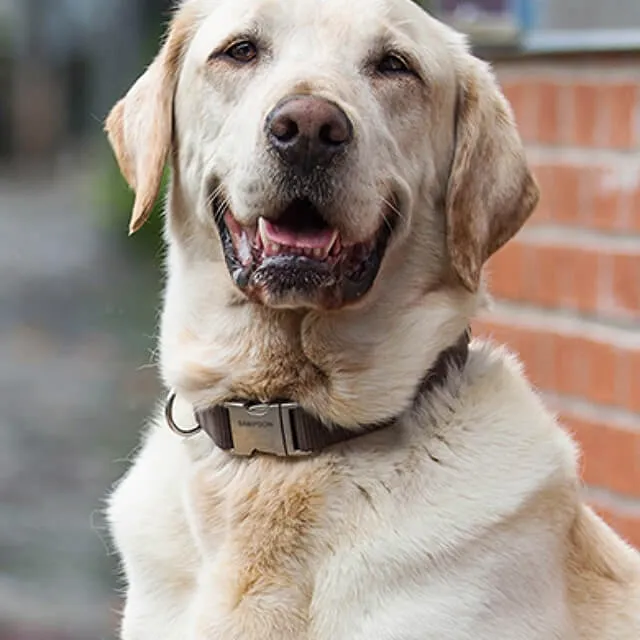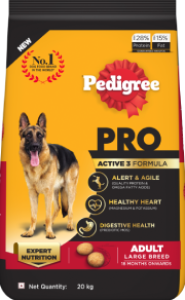
In this section
World Blood Donor Day: How Your Dog Could Save Another Dog’s Life

share:
Every year since 2004, countries across the globe celebrate World Blood Donor Day to raise awareness about the need for safe human blood. But much like their human counterparts, the demand for canine blood transfusion is also on a steady rise. While canine blood donation is not unheard of, there is a serious lack of awareness surrounding the subject.
As monsoon approaches, veterinarians witness a surge in the number of cases of tick fever, and correspondingly, a surge in the need for canine blood. Our furry friends are particularly prone to blood loss or anemia due to various diseases, especially tick-borne diseases. Besides this, major surgeries and injuries due to accidents result in blood loss which requires to be compensated with a life-saving blood transfusion.
It is in difficult times like these that pet parents struggle to find suitable donors for their pooches. Currently, there is at least one dog that needs blood every week, while there are hundreds that lose their lives on a monthly basis. These numbers are on an upward trend, however, as a pet parent, you can do your bit to bring about a change! Read on to find out how...
First things first, what is your dog's blood type?
Yes, just like you, your furry friend also has a blood type. Dogs have 7 blood groups that are determined by the presence or absence of certain antigens (proteins and sugars). Out of all these blood groups, DEA 1.1 negative is generally considered the universal donor. Most of the dogs are universal donors and in the case of first time transfusion, the animal can receive blood from any animal of the same species. It’s only after the first time that the animal will develop an antibody in its blood. Therefore, from the second time on, pet parents need to be mindful about their pet’s blood group. Canine blood transfusion is based on blood group and is not breed-specific, that means a dog from a particular breed can donate blood to another breed.
Can your dog make a life-saving donation?
In order for your dog to be eligible to donate blood, it must be in general good health. Here’s a checklist you can keep handy to ensure your dog can make a safe blood donation:
- Clinically healthy—assessed with exams and tests
- Between 1 and 8 years of age
- Weighing more than 25 kgs
- Good temperament
- No history of foreign travel
- Regularly vaccinated
- Not under medication
- Packed cell volume (more than 40)
- Negative for DEA 1 (ideally negative DEA 1, 3, 5,7 and positive for 4)
- No history of receiving a blood transfusion
- Not pregnant or history of pregnancy
Healthy dogs can donate blood every 2 to 3 months
Is the process uncomfortable?
Once your dog is cleared to donate blood, it will be lifted onto an operating table and laid on its side. Blood is usually drawn from the jugular vein at the neck and this area will be prepped (shaved and cleaned) before the procedure is carried out. A needle is then inserted into the jugular vein and up to 20% of their blood volume or 15- 20 ml per kg body weight, around 450 ml of blood is collected. Throughout the procedure, your pet will receive attention and praise so as to keep it at ease. In some cases, when the procedure is complete, dogs may need to be given fluids through an IV. However, most dogs recover quickly and are able to go about the rest of their day as they normally would without any strenuous activity.
Blood donation is not a painful procedure and can be stopped if your dog shows signs of distress at any point.
How should you care for your dog after the procedure?
There are a few measures you can take to provide necessary aftercare for your furball. It is advisable to maintain the normal feeding regime before and after blood donation unless requiring sedation. You should also provide fresh and clean drinking water right after the procedure. Make sure to leave the bandage on and dry for at least an hour after the procedure to prevent bruising and swelling. It is also advisable to refrain from using choke or pinch collars for 12 hours after the donation. You could contact your vet or officials at the blood donation centre if you notice extensive bruising at the site or if your pet shows any signs of being unwell within a two-week period after donating.
How can you contribute to the life-saving initiative?
While there may be a lack of awareness about blood donation for dogs, there are a few good samaritans who spare no effort when it comes to connecting dogs in need with suitable donors. Some do it using websites that act as a register of donors across the country, while some use social media groups that unite recipients with donors.
If you choose to do your bit for the doggy community, you could register your pooch to be a donor on Animal Bloodline, a national database of animal blood donors founded by animal lover, Shiva Kumar Varma.
You could even stay up to date and connect with recipients on MagicK9, a group set up and managed by Sanam Suraj Karunakar, and Canine Blood Donors, an initiative by Kaarthik Vaidun.
Dr. Umesh Kallahalli, Director of Scientific Affairs at Mars Pet Care opines, “The administration of blood and blood products are life-saving for pets in critical and emergency care. The process of blood donation for pets is safe provided we follow all the steps laid down in this article.”
If your four-legged friend does donate blood, it is eligible to receive one free vaccine course per year and one free blood transfusion if the need ever arises. But no benefit surpasses the personal satisfaction of contributing to a wagging tail and a grateful pet owner’s smile!
Review this article:








